So you're telling me a modular, repairable smartphone is finally hitting American shores for $899, and instead of rolling my eyes at another "premium" price tag, I'm genuinely excited? Same here. The Fairphone 6's arrival in the US through Murena feels bigger than another Android drop. It is a phone built around a different philosophy, one where sustainability and repairability actually take priority over the upgrade-every-two-years treadmill we've all been running.
The device comes with some real environmental credentials, manufactured using over 50% recycled materials and built in facilities powered entirely by renewable energy. The real twist is the modular design that lets you swap 12 different components with a standard screwdriver. No white-glove service center, just you, a simple tool, and a little patience.
Why the $899 price tag actually makes sense
Here is what you are paying for. While the price seems steep for a device with midrange specifications, the total cost of ownership tells a different story. The phone ships with seven years of Android OS updates and eight years of security patches. In plain English, you will be getting Android updates well into the 2030s.
The warranty situation sweetens the deal. Fairphone offers a five-year warranty that can be extended through registration. When the battery gets tired in a few years, a replacement costs under $50 instead of forcing a full upgrade. That is dinner-for-two money, not a car payment.
Research backs the slow-upgrade approach. Keeping a phone for five years cuts its annual carbon footprint by 30%, and Fairphone's own data suggests its devices last an average of 4.7 years. Do the math, $899 over eight years lands at about $112 per year. That undercuts the cost of most flagships on two-year contracts, not to mention the stress of migrating your life every 24 months.
PRO TIP: With long software support and an extended warranty on the table, your yearly cost drops below most flagships, especially if you are done with the upgrade carousel.
The specs are surprisingly solid for a sustainability-focused device
Do not let the "eco-friendly" label trick you into picturing a sluggish brick. The Fairphone 6 uses a Snapdragon 7s Gen 3 with 8GB of RAM and 256GB of storage. It is not a benchmark brawler, but it handles daily life, social apps, maps, email, even light gaming, without getting in your way. For 95% of people, that is the whole ballgame.
The display is where it pops. You get a 6.31-inch LTPO OLED with a 120Hz refresh rate, protected by Gorilla Glass 7i. Peak brightness jumps to 1400 nits, up from 800 on the last model, so text stays readable on a sunny sidewalk. The 2484x1116 resolution keeps things crisp and punchy.
Cameras hold their own too, a 50MP main with OIS plus a 13MP ultra-wide. Selfies get a 32MP front sensor with autofocus. As for endurance, testing points to reliable full-day battery life from the 4,415mAh pack. And when it does wear down, you pop in a fresh one yourself. No appointment, no heat gun.
What makes the US launch particularly interesting
American buyers get a twist. The US version runs /e/OS, a privacy-focused Android variant without Google services, distributed by Murena. That is not a downgrade. If you want fewer data tentacles in your life, /e/OS delivers a completely deGoogled experience that pairs neatly with Fairphone's ethical manufacturing stance.
Timing wise, the company revealed the Fairphone 6 in June 2025 and opened pre-orders that month. It is now broadly available. In Europe, buyers can pick up the standard Android version for €599. The US gets the privacy-first flavor, which, for a certain crowd, adds value rather than removing it.
Compatibility checks out. It works on T-Mobile and its network operators. As always, double-check your carrier bands. You still get 5G, Wi-Fi 6E, and Bluetooth 5.4, so you are not trading modern connectivity for a clean conscience.
The Murena partnership reinforces the theme. A privacy-first OS, less reliance on data harvesting, a phone designed for repair, it all points the same direction. Environmentally conscious and digitally respectful, which is a rare combo.
The bigger picture: rethinking smartphone ownership
What excites me about the Fairphone 6's US debut is not only the phone. It is what it signals to the rest of the industry. This is a shot across the bow of throwaway design. The device scores a perfect 10 on iFixit's repairability scale, proof that user serviceability can coexist with modern features and solid build.
The environmental angle is not window dressing. Fairphone claims 100% e-waste neutrality and manufacturing in fair-certified factories, backed by sourcing that includes fair-mined gold, silver, and tungsten. These choices change how a phone gets built when longevity, not planned obsolescence, sets the roadmap.
The modular approach is practical. Open it by removing two T5 Torx screws to access the battery and other components. No glue, no heat guns, no voided warranties for the basics. It feels like a return to sanity, the way gadgets used to be, just updated for the slab in your pocket.
If you are tired of the upgrade treadmill, this is a different path. Software support extending until 2033 means you could realistically carry this phone for most of a decade, with updates and security patches arriving on schedule. Viewed through that lens, the upfront price stops looking like a splurge and starts looking like a plan.
Why I'm ready to spend $900 on principles
I will admit it, $899 for midrange specs usually sends me hunting for deals. But the Fairphone 6 is the device I have been waiting for in the US, something that prizes longevity and repair without tossing modern expectations out the window. Eight years of software support, a five-year warranty, and user-replaceable parts add up to value that flagships rarely sustain over their real-world lifespan.
The /e/OS setup can be a plus if you care about data trails. You may need alternatives to some Google services, but you get freedom from unnecessary tracking and data harvesting. For a lot of people, that is not a compromise, it is the point.
Performance lands right where most people need it. The Snapdragon 7s Gen 3 will not top charts, yet you get smooth scrolling, snappy apps, and battery life that keeps pace with a long day. The 120Hz OLED keeps everything feeling fluid, and the higher brightness makes outdoor use less of a squint-fest. Real benefits, not just spec-sheet fireworks.
Above all, buying this phone feels like a vote. Every Fairphone sale says consumers will pay for sustainability, repairability, and ethical manufacturing. Building sustainable, repairable devices isn't cheap, but that premium funds a different relationship with tech, one where you maintain and upgrade instead of toss and replace.
Even the small stuff lines up. The accessories include card holders, finger loops, and lanyards that attach modularly, which nudges the phone toward adaptability, not just repair.
Bottom line, the Fairphone 6 looks like the future of sustainable tech, and I am ready to put my money where my principles are. At $899, it is not cheap. Spread over eight years though, it becomes one of the most economical smartphone buys you can make. More importantly, it is a small stand against planned obsolescence, and that is worth paying for.




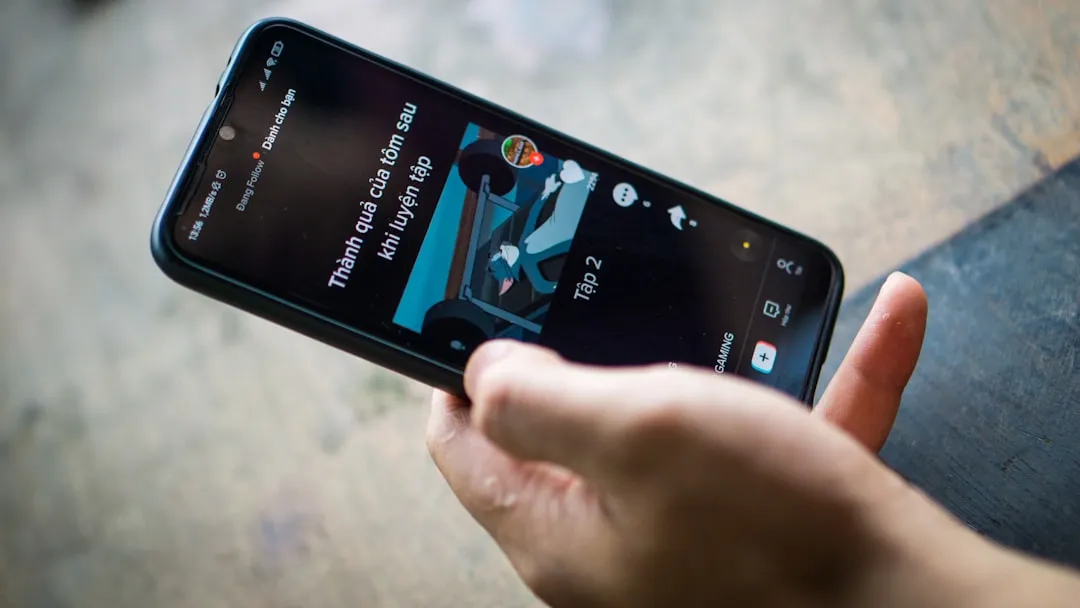

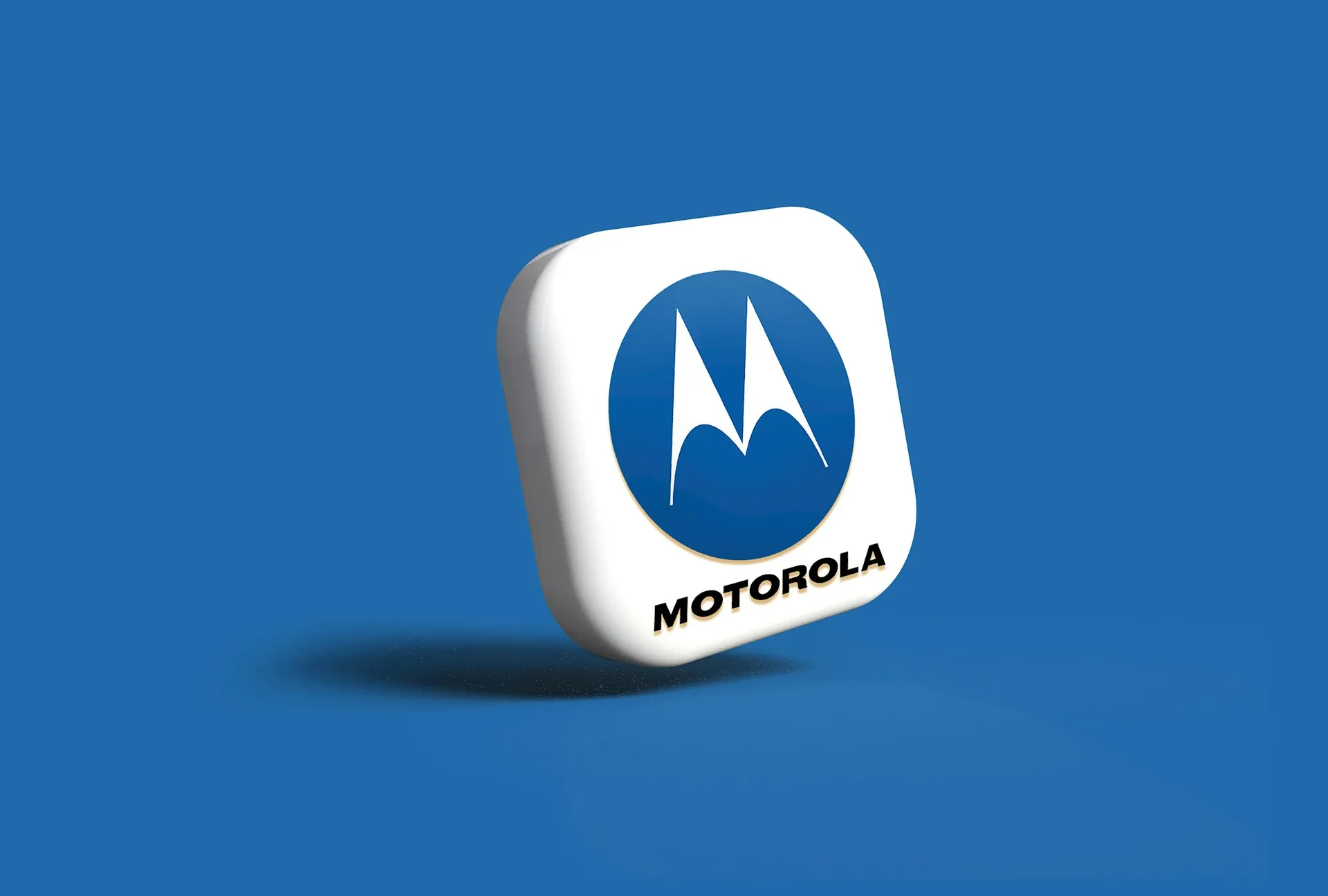
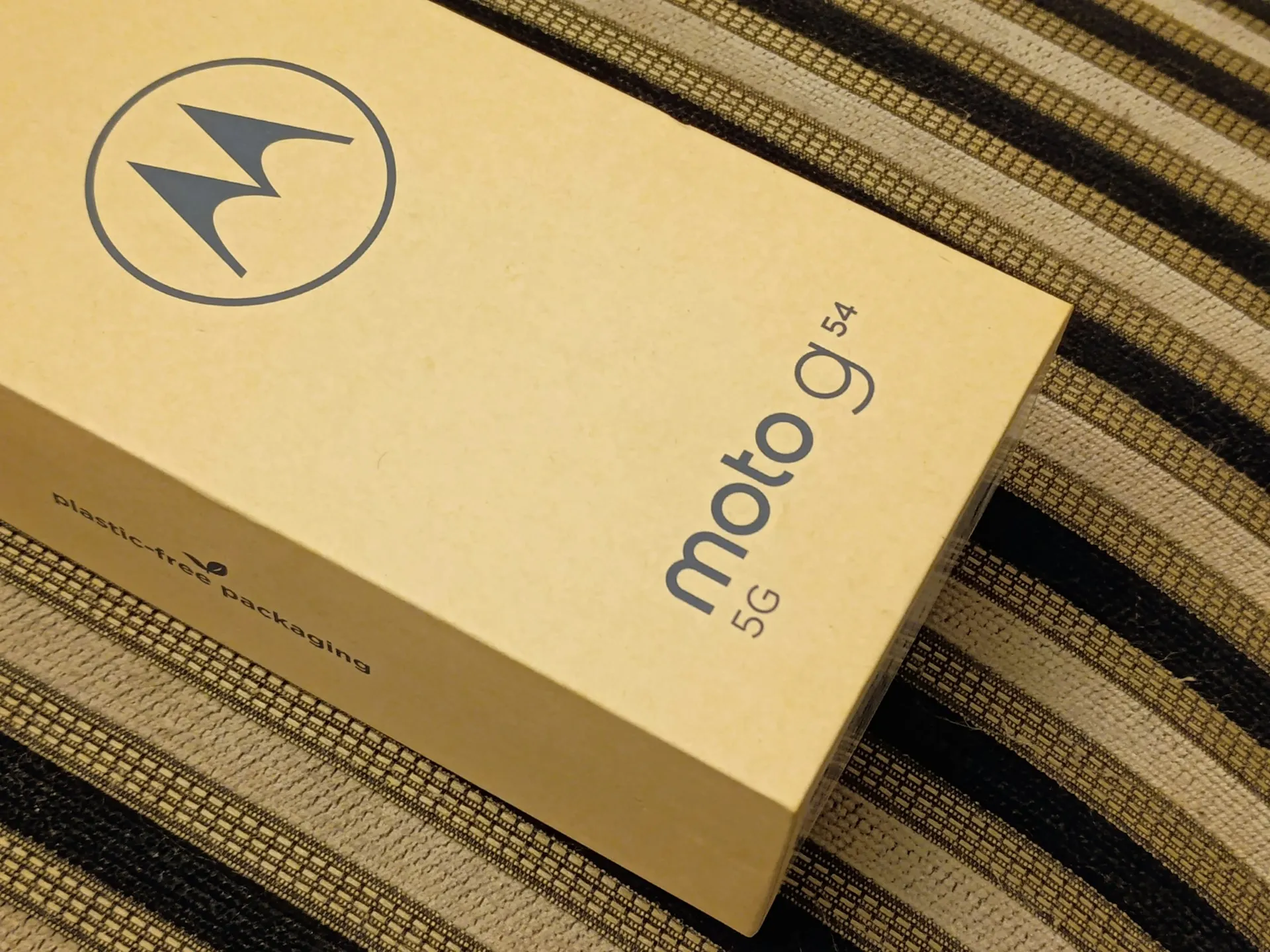


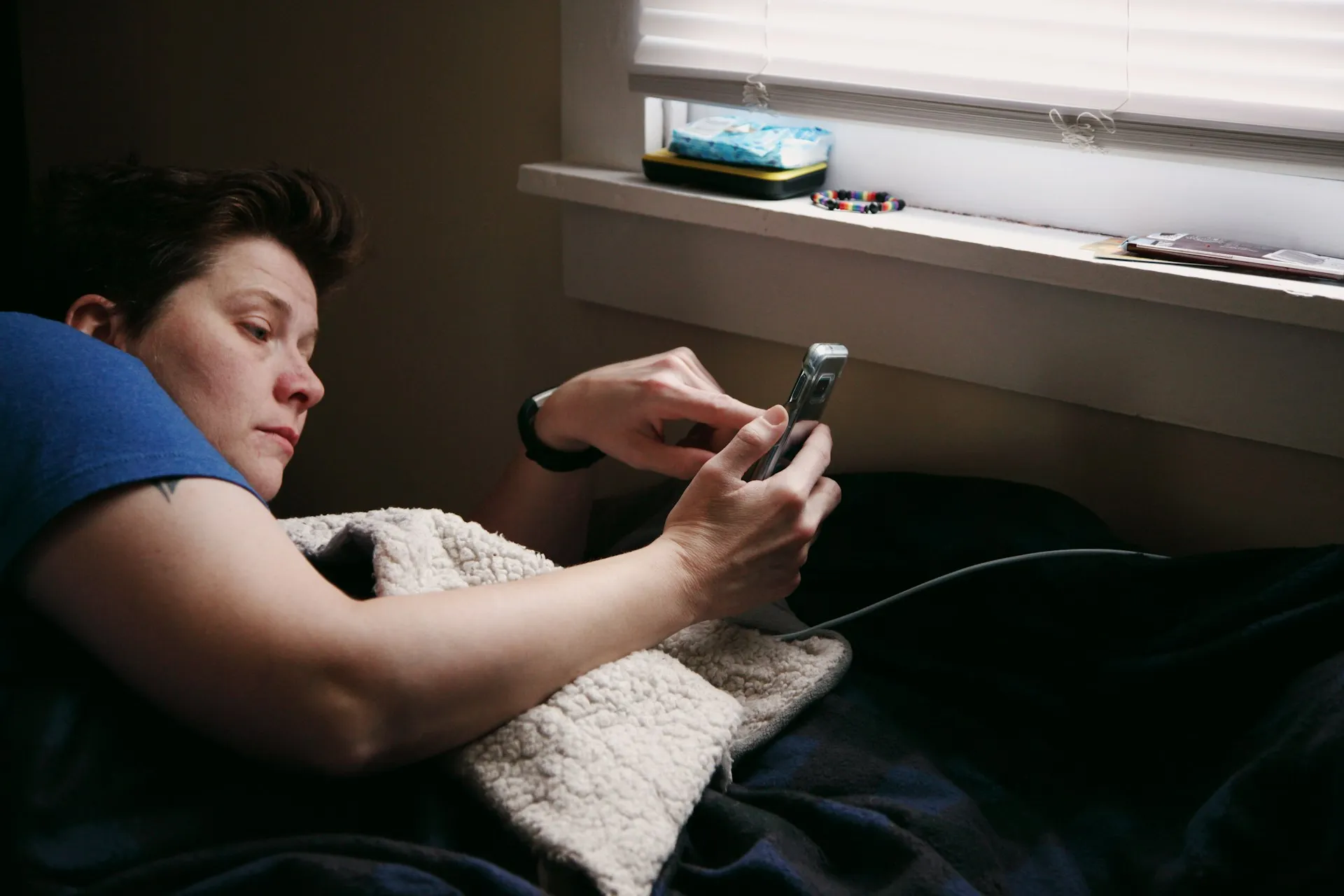
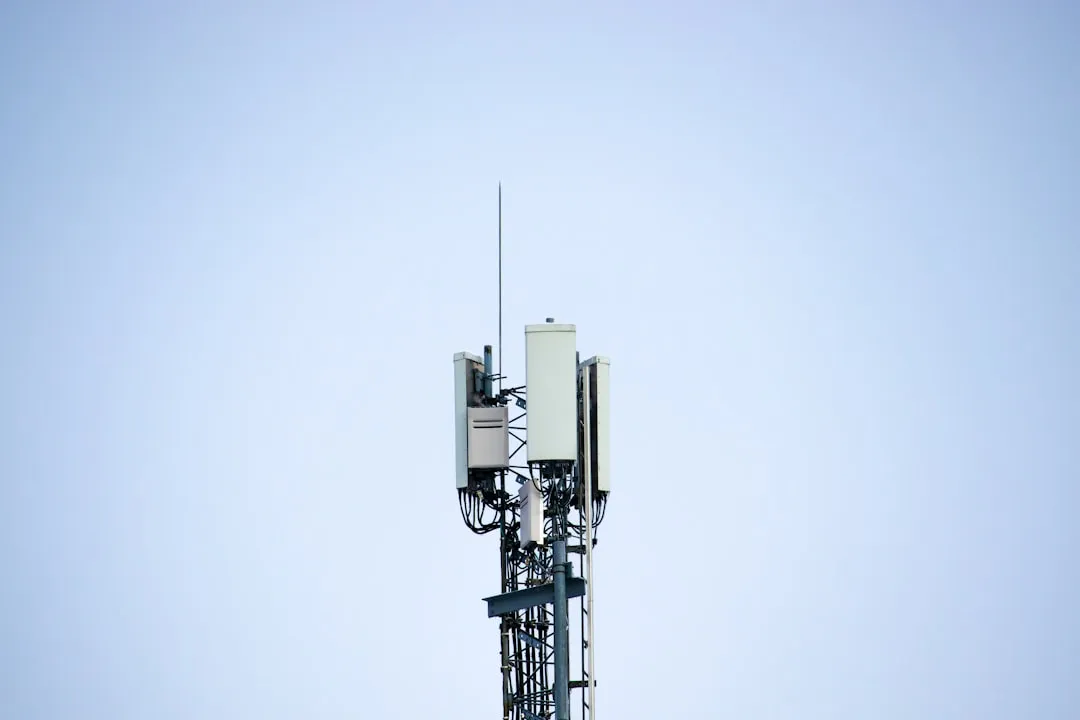
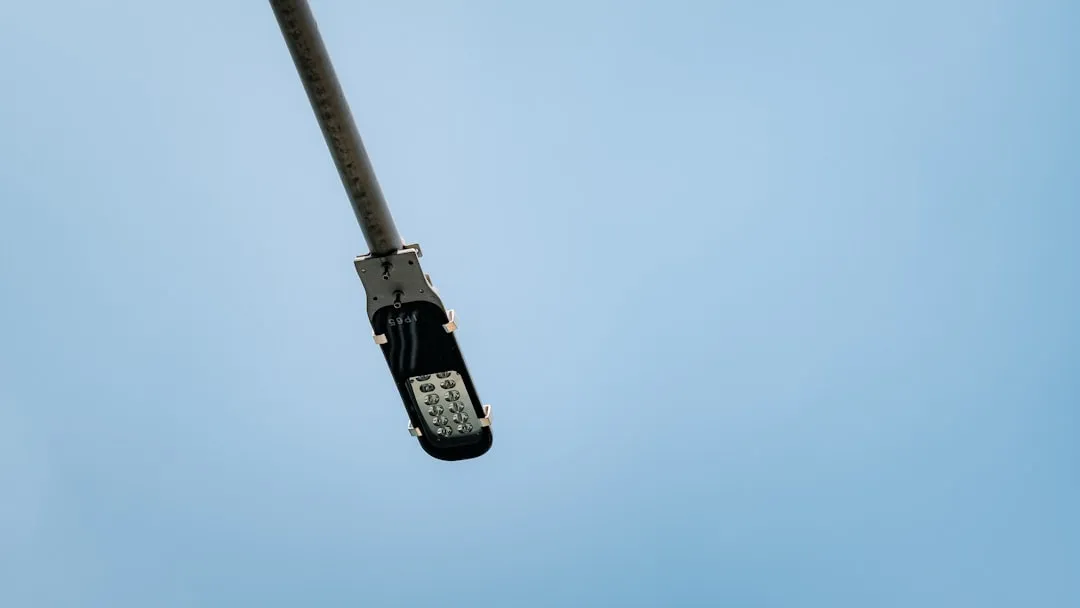

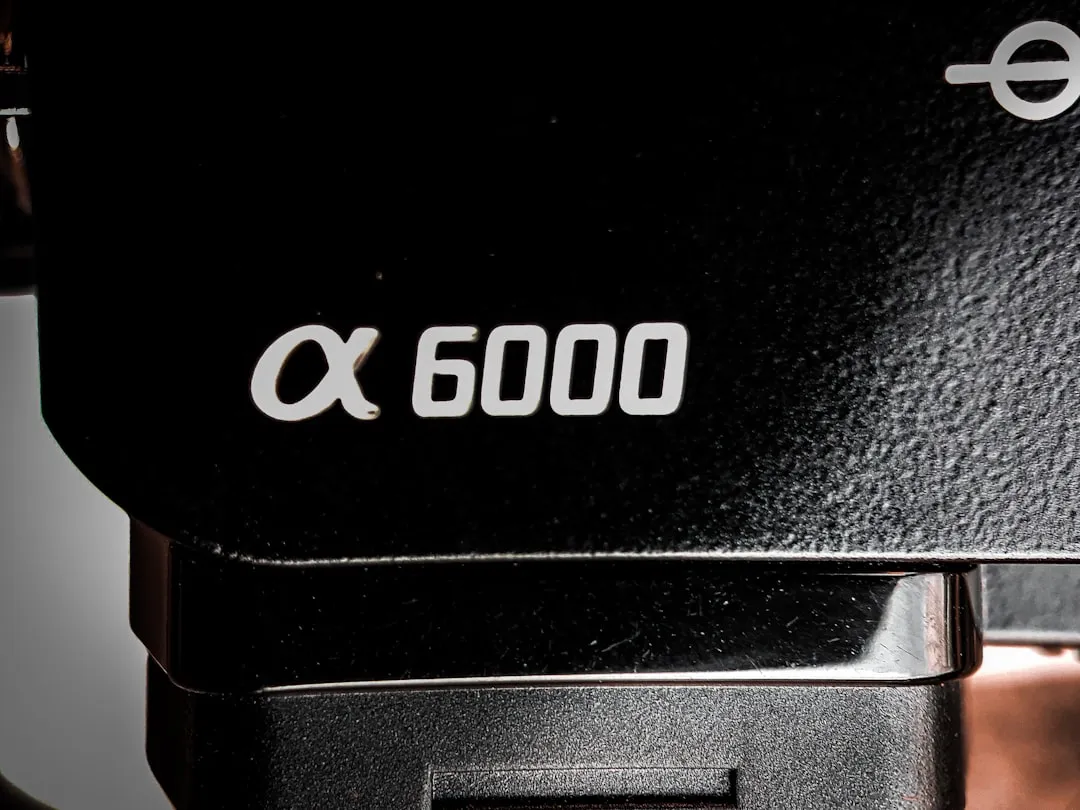
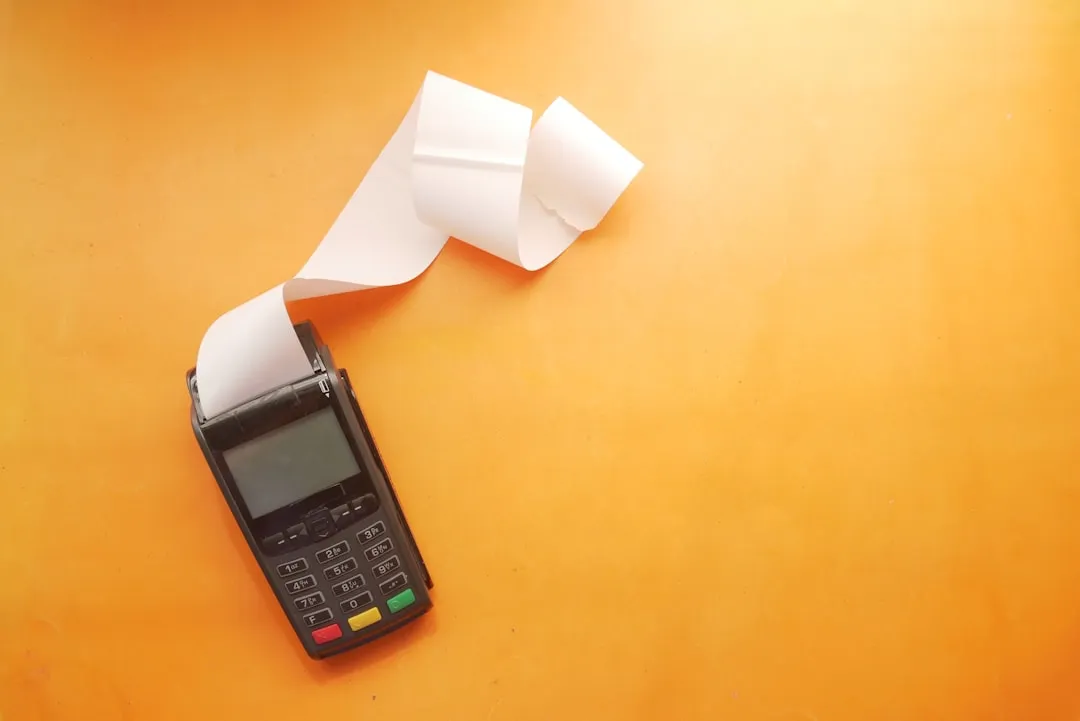


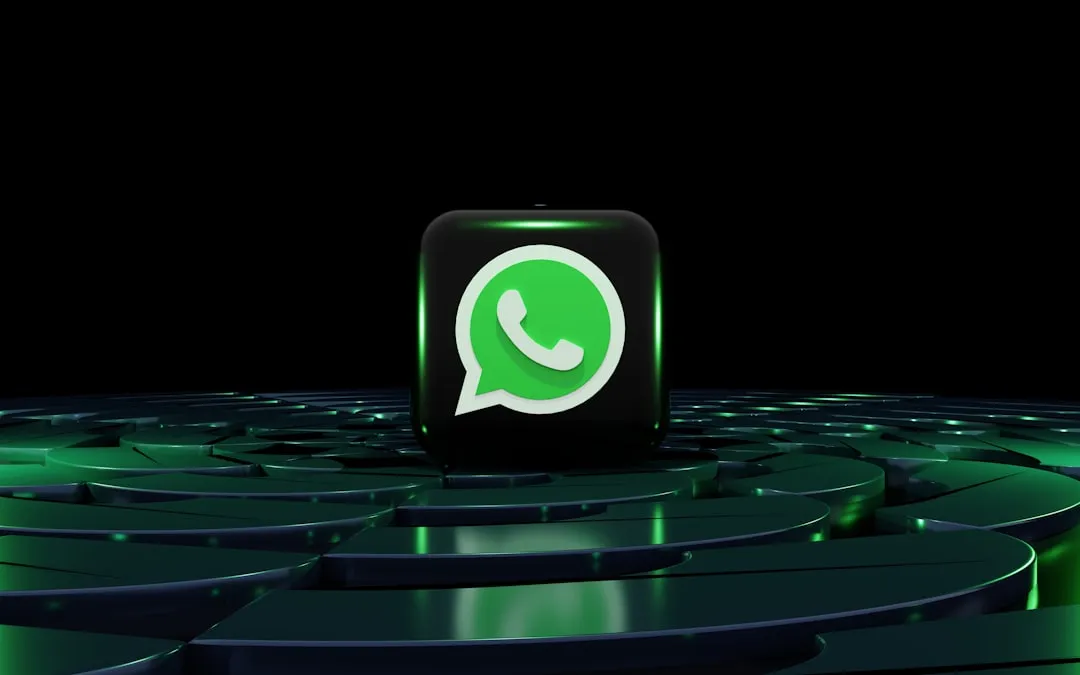


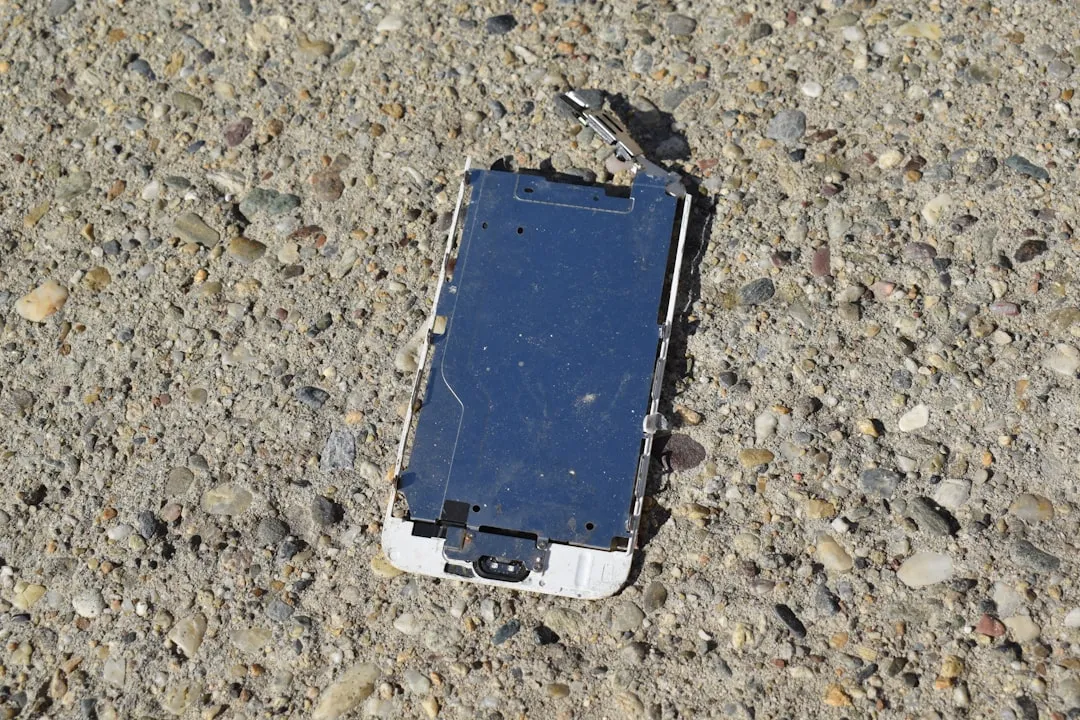
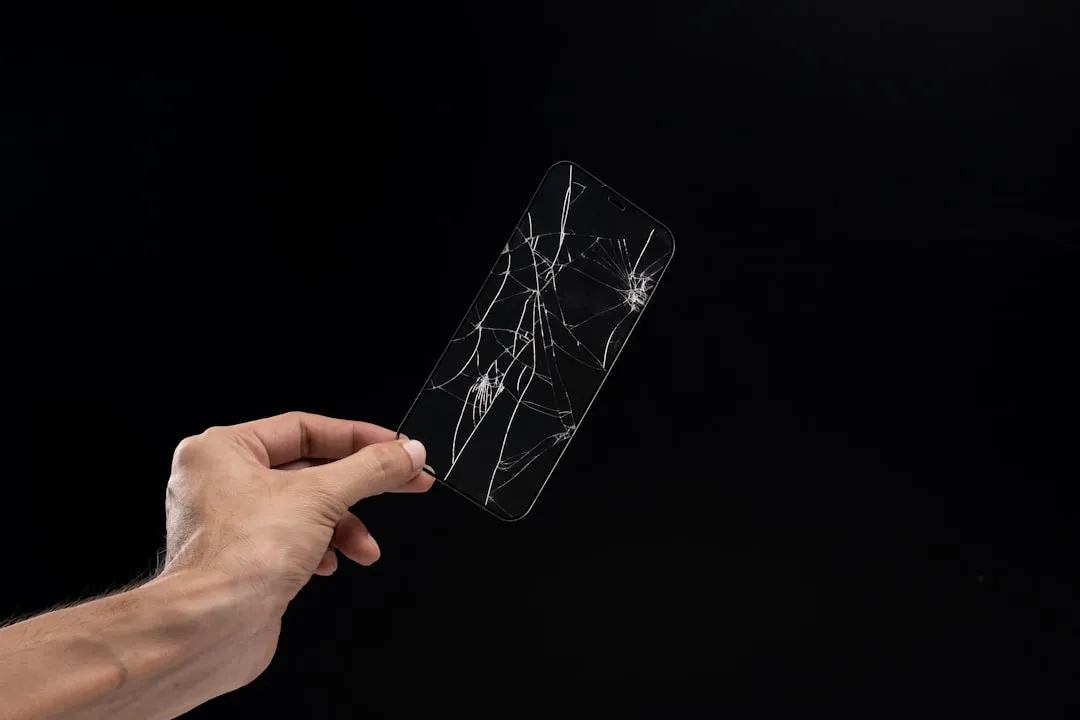
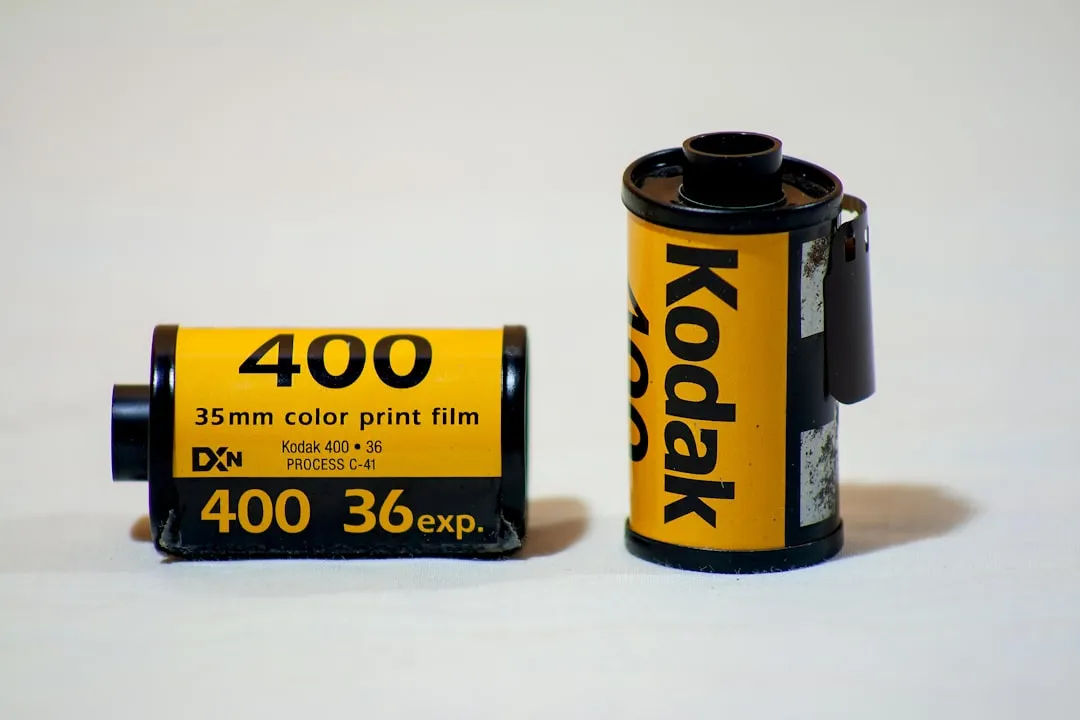
Comments
Be the first, drop a comment!